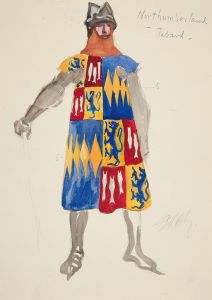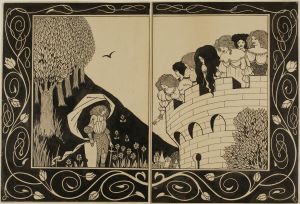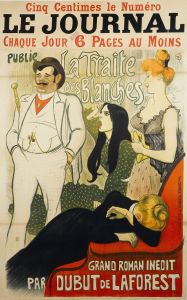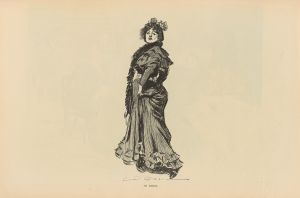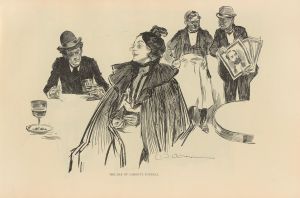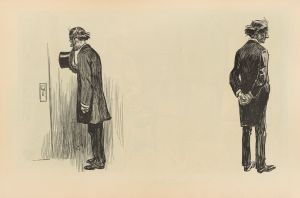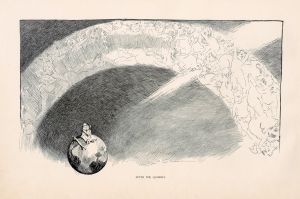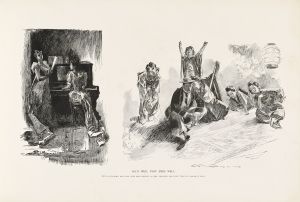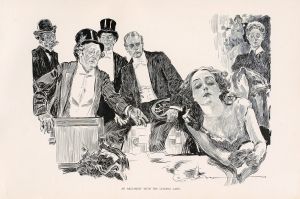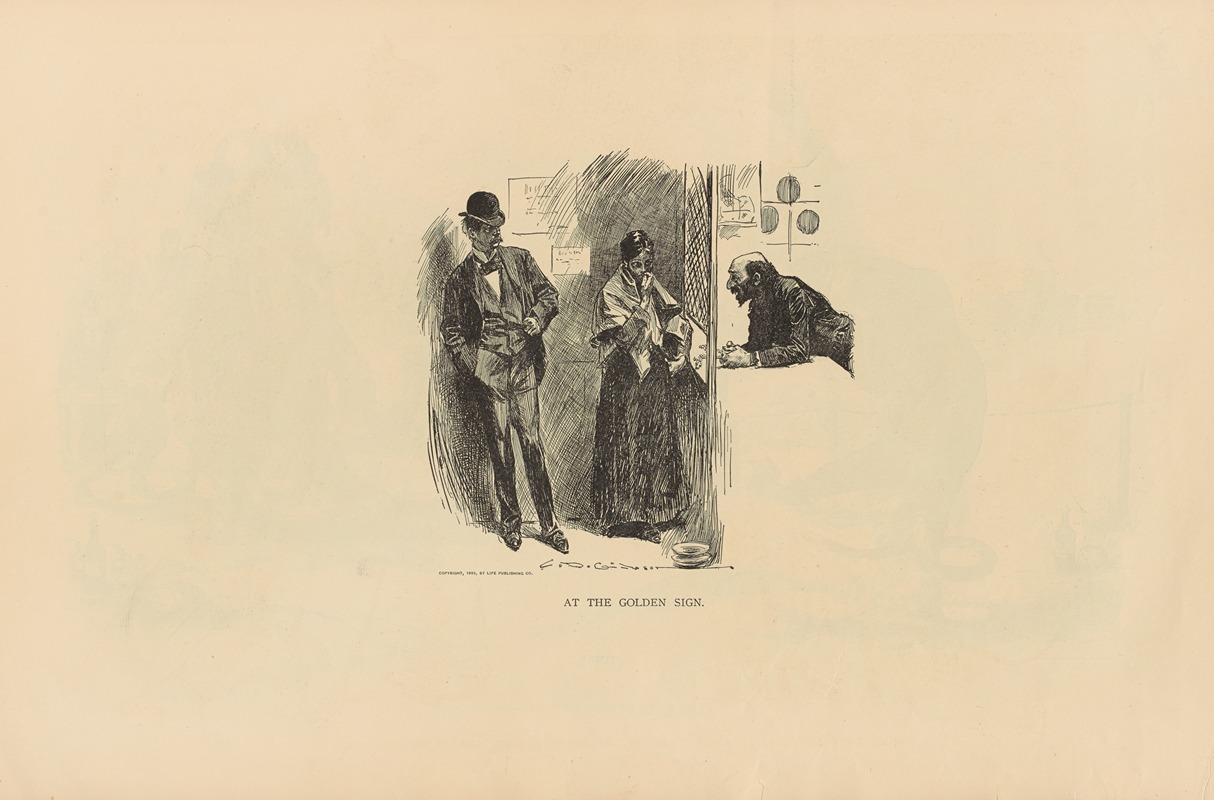
At the golden sign
A hand-painted replica of Charles Dana Gibson’s masterpiece At the golden sign, meticulously crafted by professional artists to capture the true essence of the original. Each piece is created with museum-quality canvas and rare mineral pigments, carefully painted by experienced artists with delicate brushstrokes and rich, layered colors to perfectly recreate the texture of the original artwork. Unlike machine-printed reproductions, this hand-painted version brings the painting to life, infused with the artist’s emotions and skill in every stroke. Whether for personal collection or home decoration, it instantly elevates the artistic atmosphere of any space.
Charles Dana Gibson was an influential American illustrator best known for his creation of the "Gibson Girl," an iconic representation of the American woman at the turn of the 20th century. His work captured the spirit of the age and was widely published in magazines such as Life, Scribner's, and Harper's. While Gibson's most famous contributions to art and culture are his illustrations of the Gibson Girl, he also created a variety of other works that depicted different aspects of society during his time.
"At the Golden Sign" is one of Gibson's lesser-known works. Unfortunately, there is limited information available specifically about this piece. Gibson's illustrations often depicted scenes of social interaction, fashion, and the nuances of upper-class society, which were common themes in his work. His style was characterized by detailed pen-and-ink drawings that conveyed both elegance and a subtle sense of humor.
Gibson's illustrations were not just art; they were social commentary. Through his work, he often explored themes such as gender roles, social status, and the changing dynamics of American society. The "Gibson Girl" itself was a symbol of independence and modernity, reflecting the evolving role of women during the early 1900s. While "At the Golden Sign" is not as widely recognized as some of his other works, it likely shares these thematic elements, given Gibson's consistent focus on societal issues.
Gibson's impact on American culture was significant. The "Gibson Girl" became a cultural icon, influencing fashion and the perception of women in society. His illustrations were not only popular in the United States but also gained international recognition, contributing to the global image of American life during that era.
Despite the lack of specific information on "At the Golden Sign," it is important to understand Gibson's broader body of work to appreciate the context in which this piece was created. His illustrations were a reflection of the times, capturing the essence of an era marked by change and progress. Gibson's ability to blend artistry with social insight made his work both entertaining and thought-provoking, ensuring his place in the history of American art.
In summary, while detailed information about "At the Golden Sign" is scarce, Charles Dana Gibson's legacy as an illustrator provides a framework for understanding the potential themes and significance of this work. His contributions to art and culture continue to be celebrated, and his illustrations remain a valuable window into the social fabric of early 20th-century America.





